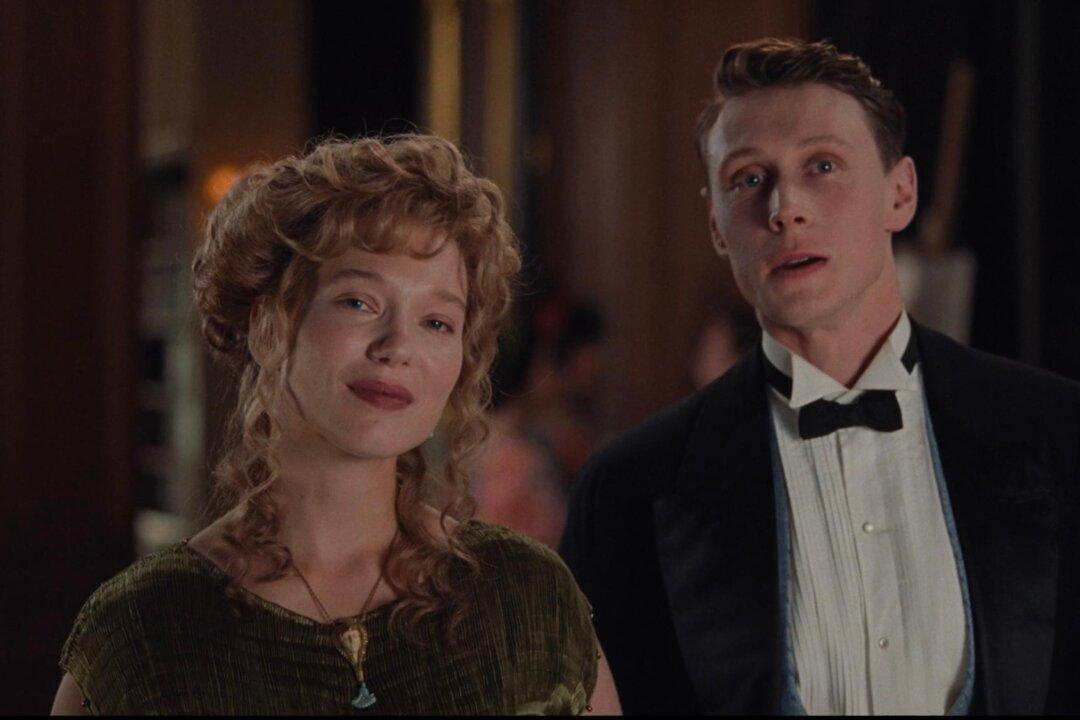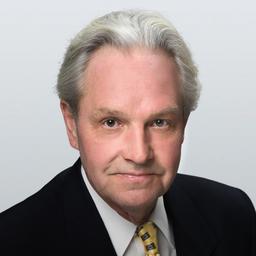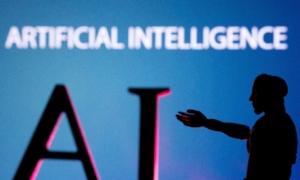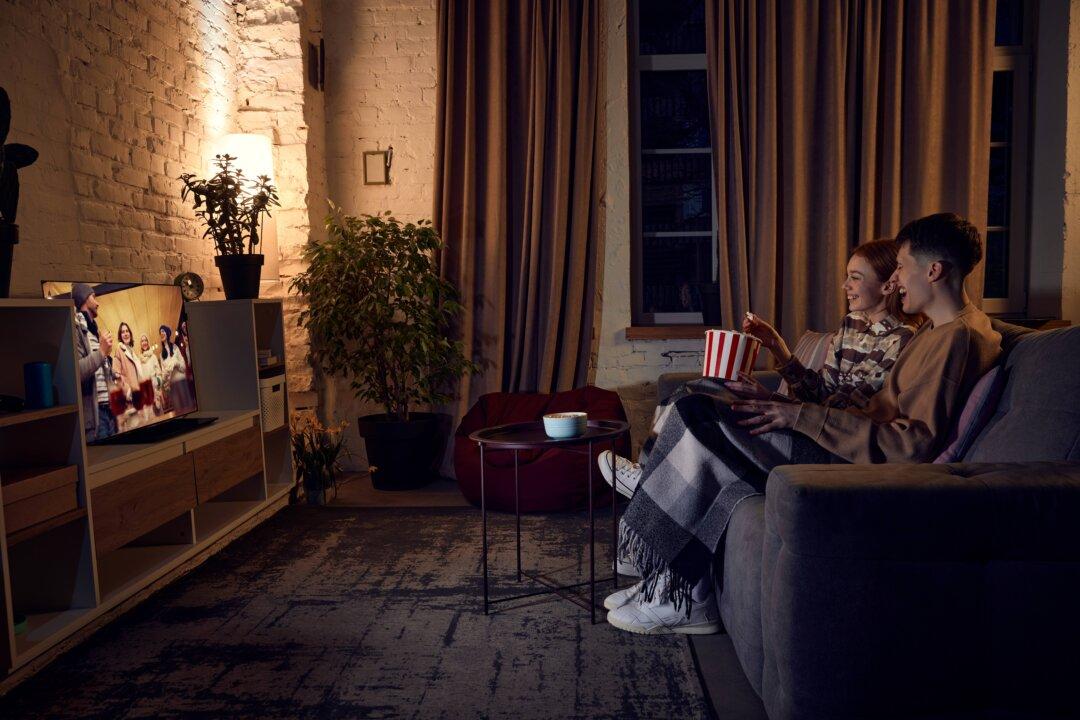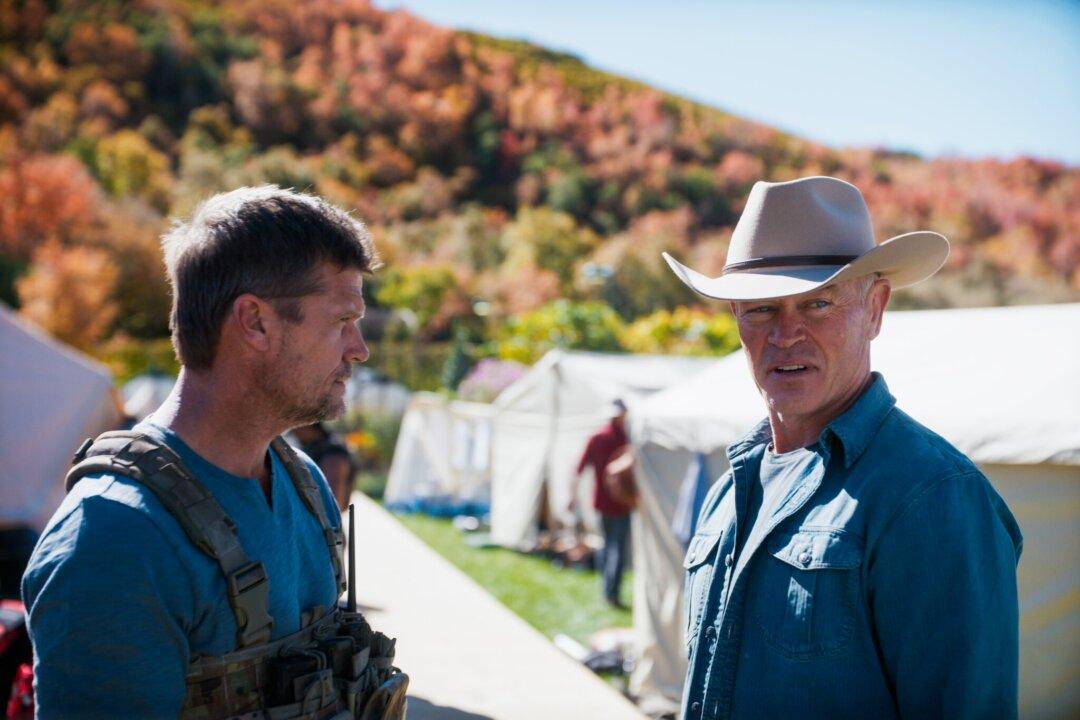NR | 2h 26m | Drama, Romance, Mystery, Thriller, Sci-Fi | 2024
Not so much adapted from, but more inspired by, the 1903 Henry James novella “The Beast in the Jungle,” French writer and director Bertrand Bonello’s “The Beast” is a sprawling science-fiction romantic thriller that shares a great deal of narrative and tonal overlap with many other films, but is thoroughly unique in its approach.
Almost impossible to grasp and fully digest with a single view, “The Beast” will immediately bring to mind “Total Recall,” “Blade Runner,” “Minority Report,” “Vanilla Sky,” “Eternal Sunshine of the Spotless Mind,” “Cloud Atlas,” and “Mulholland Dr.”
1910, 2014, 2044
The movie is set in 1910 Paris, and in 2014 and 2044 in Los Angeles. In all three segments, Léa Seydoux (“Midnight in Paris”) plays Gabrielle, and George MacKay (“1917”) appears as Louis. Although the names of the two lead characters and their appearances are identical, their lives are radically different in each segment.
Mr. Bonello’s choice to present the movie out of sequence is initially frustrating, in much the same manner as the narrative pathways in most of the above titles and “The Godfather Part II.” Just when the viewer might feel acclimated, Mr. Bonello shifts time frames, forcing us to begin starting over. For some audiences, this will be a deal-killer, but for others (like me), it represents a welcomed challenge.
Aiding greatly to the tone is Mr. Bonello’s choice to include non-fictional events as backdrops. For Paris, it is the 1910 floods. Los Angeles in 2014 portrays a society in the early throws of social media addiction, and in the same city 30 years later, the fallout of a second civil war and near complete control of Artificial Intelligence. So much have the machines taken over everything, that the human unemployment rate is at 67 percent. For the record, “The Beast” is decidedly anti-A.I.
Signs of the Time
The years chosen also provide the opportunity for commentary on the sexual mores of each given time. For example, in 1910, Gabrielle isn’t quite an unhappily married woman. She still respects the institution itself, yet finds it hard to resist constant yet subtle advances from Louis.
In 2014, Gabrielle is a struggling single actress and Louis is a materialistic, misanthropic hothead who can’t quite figure out why he can’t find a girlfriend. Their paths cross a few times, and she shows some interest until she doesn’t. Gabrielle, Louis, and everyone they know and meet are self-absorbed and antisocial, and Gabrielle, a near-perfect physical specimen, is urged by her friend Dakota (Dasha Nekrasova) to seek out plastic surgery as even the most beautiful models and/or actresses can “always look better"—an indicator of insecurity and self-loathing.
The Pigeon and the Butterfly
While steadfastly avoiding any comparisons to the “Dark Side,” Mr. Bonello regularly includes pigeons and more than once mentions their religious symbolism and connection to the Holy Spirit. He also includes multiple asides to the Puccini opera “Madame Butterfly,” which premiered in Milan in 1904. This is where Gabrielle and Louis first met.Also popping up along the way are variations of Roy Orbison’s haunting ballad “Evergreen.”
To say “The Beast” is a labyrinthine story would be a vast understatement. It is an unwieldy think piece containing thickets of subtext and social commentary that demands multiple viewings. I’ve watched it twice and still feel I don’t completely understand it, but look forward to a third or fourth time sometime very soon.


